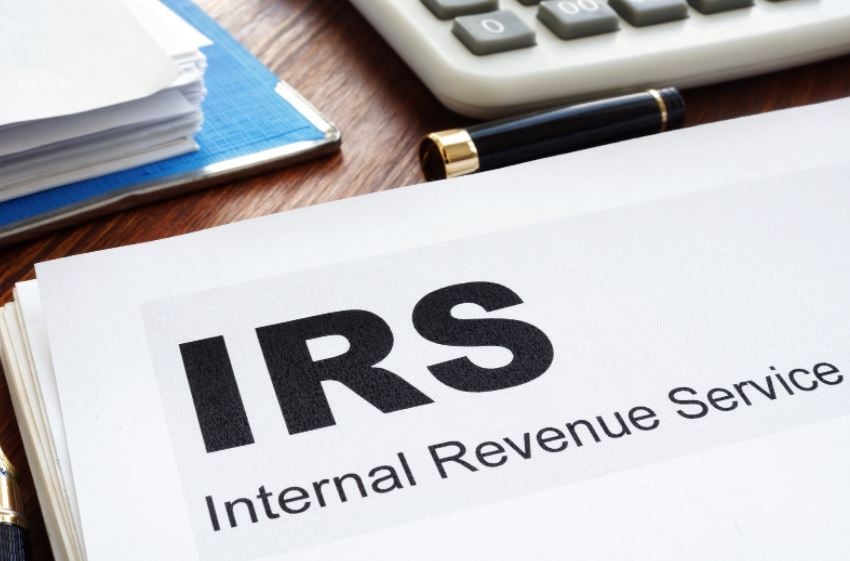Best Practices for Disciplining Employees
Discipline is an act on the part of the employer to address and correct inappropriate behavior or a policy violation by an employee. Discipline functions both as an incentive for employees to refrain from bad behavior in the first place and as a corrective if bad behavior occurs. Common forms of discipline include oral warnings, written warnings, and termination.
Here are a few of our recommended practices:
- Discipline should reflect the severity of the behavior. Egregious sexual harassment might merit immediate termination while forgetting to clock in one time almost certainly wouldn’t.
- Discipline should be applied consistently. For instance, if you jump straight to a final warning when a certain employee is an hour late to work, but let another employee come in late regularly without so much as an oral warning, you’re setting yourself up for trouble. Consider how you addressed certain behaviors in the past and the precedent you want to set for the future.
- In situations where minor policy violations are an ongoing issue, a progressive approach is often best. For a first offense, you might start with an oral warning, but then move to a written warning, final warning, and finally termination if the issue persists.
- At each step, make your expectations clear, notify the employee of the consequences should they fail to improve (e.g., they’ll be one step closer to termination), and document what actions you took.
- The warnings you give to the employee should stick to the facts, i.e., what infraction was observed, when it occurred, and what policy or policies were violated. Opinions about the infraction should be left out, as these are easily disputed. For example, “Yesterday, you arrived 20 minutes late in violation of our attendance policy” simply states the facts, whereas “You’re always tardy and can’t be trusted to arrive on time” is likely to get pushback.
Keep in mind these best practices do not take into account any state or local law.
Content provided by Ahola's HR Support Center






Reply a Comment